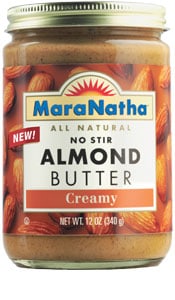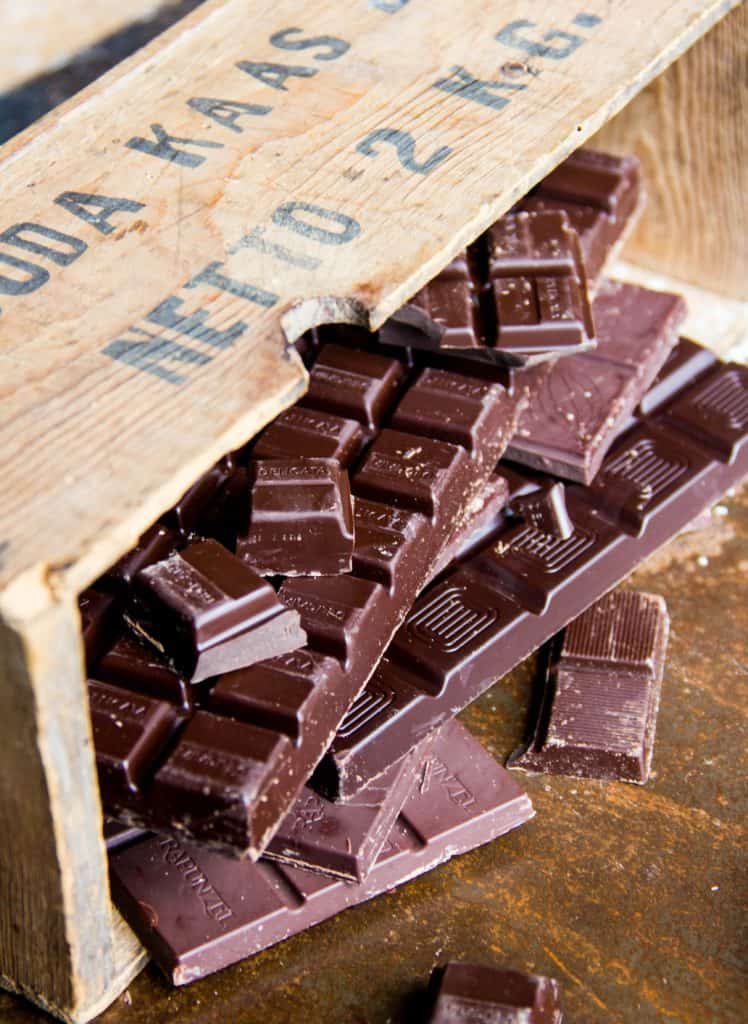Self-proclaimed "Health Nuts" May Cringe...
At the words “Processed Foods” fearing the chemicals, colorings, flavorants and stabilizers found in such foods.
However most foods we eat today undergo some level of processing before we actually consume them. Raw fruits and vegetables are an exception to this. The majority of our food does need to be either cooked, shelled, cooled, pastured, mixed, you name it.
Processing doesn’t make a food inherently unhealthy, but as a general rule one should stick with whole, pure foods in their diet. Here are 5 foods that you can enjoy in moderation in a healthy diet. These foods also work in gluten and grain free diets such as the paleo diet.
#1 Almond Butter
The likelihood of our ancestors being able to shell and eat ounces and ounces of nuts per day is low. Nut consumption by early man was limited by season, availability and the time and energy to gather and crack them open. Modern technology tells us that nuts have a fairly high level of omega 6 fatty acids, which is already too high in most diets due to corn and grain fed meats. 1 ounce of walnuts has about 18 grams of fat, 13 of which in omega 6.
Almond Butter is a processed food that fits into a healthy diet when used occasionally, as a topping or a treat. Some treat ideas include blending a spoonful into a smoothie or eating almond butter with an apple. As with all foods, quality matters. Try to find unsalted almond butter, in creamy or chunky depending on your preference. “No Stir” varieties prevent separation. My favorite brand is Maranatha found in most grocery stores or online for about $8 a jar.


#2 Coffee & Tea
Of course our ancestors weren’t brewing coffee and teas in between their hunting and gathering. However tea drinking is a practice that has been tied to human culture for thousands of years. Coffee, whose popularity has only sprung up in the recent century, is now ingrained into the modern lifestyle. There are health benefits in the antioxidants and micro-nutrients in these drinks as well as emotional effects that are worth keeping these two staples in my healthy kitchen. A quality cup (or two) of fair trade, organic coffee with heavy cream and no artificial sugars is a personal favorite way to make my commute more tolerable. Winding down the day with a warm cup of tea (fair trade and organic) and a magazine is another relaxing hobby that justifies the consumption of ‘processed foods’.
#3 Dark Chocolate
Yes, another treat, but to be used even more sparingly than Almond Butter! Dark chocolate (75% or more) has very little sugar and is jam-packed with micronutrients, flavanoids, some caffeine, and antioxidants that surpass levels found in some fruits and vegetables. Micronutrients in dark chocolate increase mood by elevating serotonin and endorphins. Taste will vary greatly between brands, so just because 90% of one brand is too bitter, that doesn’t mean you can’t even enjoy truly dark chocolate. If you are able to eat more than 1 or 2 blocks, try a darker variety, it is too sweet if you can eat that much. While dark chocolate is a treat, we don’t want to trigger a sweet tooth. For the dark chocolate beginner, start with a low percentage, around 60%, or try a variety with fruit or nut bits to balance the strong flavor of the cocoa. Avoid commercial brands like Hersheys “Special Dark” and Dove, as these have too many fillers in them to detect the real cocoa. Also avoid milk and if you can soy emulsifiers. The amount of soy is very small, scientists disagree on whether this effects your health, so don’t sweat it if you can find a brand without it.


#4 Hard Cider
The one thing most people forget about following a gluten free diet is alcohol consumption, mainly beer. You have heard the dieters saying, ‘Beer is liquid bread’ well it is true in almost every way. Another way for healthy people to indulge occasionally is with hard cider. While it is not a readily found, you can be sure what you do get is quality because most ciders are relatively small and brew with pride. Ask your natural grocer if they can stock any, if they don’t already. Woodchuck and MacKenzies are also found in typical grocery stores.
#5 Tallow and Bone Broth
Ancient humans were required by their environments to make the most of every meal, modern life and the stray towards convenience has altered our food habits to say the least. Specifically I am talking about using every part of an animal you can. Most of us aren’t buying organs (although the health benefits are outstanding) we can still take advantage of the extra fat and bones that come with the meat we purchase. A google search will show you how easy it is to simmer bones in a pot overnight to make stock, and to trim off fat and simmer the pieces to make tallow. The processing and benefits of bone broth can be found by a simple google search. Tips on rendering animal fat can be found here and here.
This is not an exhaustive list. There are countless other foods that we eat on a daily basis that have undergone processing, beef jerky, breakfast sausage, dried fruits, dairy products, condiments, ect. The obvious processed food no-nos are flours, added sugars, chips, cookies, crackers and pastas. No matter if they are gluten free, natural, or organic, these are still junk foods with little nutritional value compared to real, whole foods.
What processed foods have you chosen not to eat?
Which staples of your healthy diet are technically processed?

